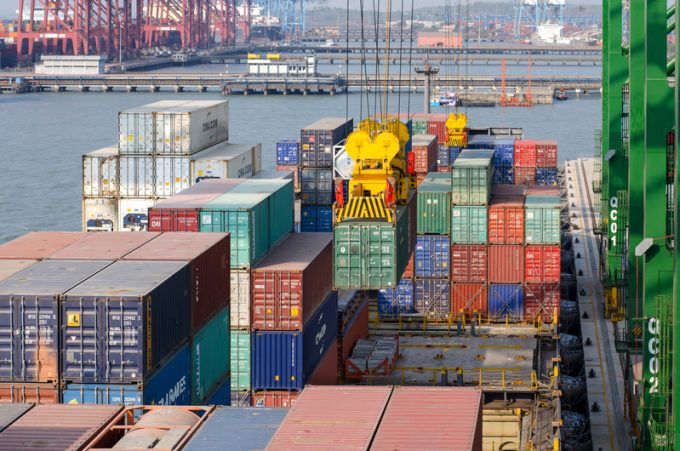Political fallout may delay Panama Ports Co sale to BlackRock-TiL
Tomorrow’s deadline for CK Hutchison to sell its 90% stake in Panama Ports Company (PPC) ...

For westbound container trades out of India, the potential effects of extra capacity coming from new container shipping alliances could reverberate with greater commercial impact on North/West India-North Europe routes, as competition heightens, local market pundits believe.
But it all boils down to one critical question – are there enough vessels available for alliance members to provide scheduled weekly rotations as the longer transits around the Cape of Good Hope continue?
MSC and the CMA CGM-Hapag-Lloyd consortium have been the market share leaders ...
Volcanic disruption at Anchorage could hit transpacific airfreight operations
Macron calls for ‘suspension’ – CMA CGM's $20bn US investment in doubt
Forwarders stay cool as US 'liberation day' tariffs threaten 'global trade war'
De minimis exemption on shipments from China to the US will end in May
Shippers snap up airfreight capacity to US ahead of tariff deadline
Tighter EU import requirements proving 'a challenge' for forwarders
Looming Trump tariffs will create 'a bureaucratic monster' for Customs

Comment on this article